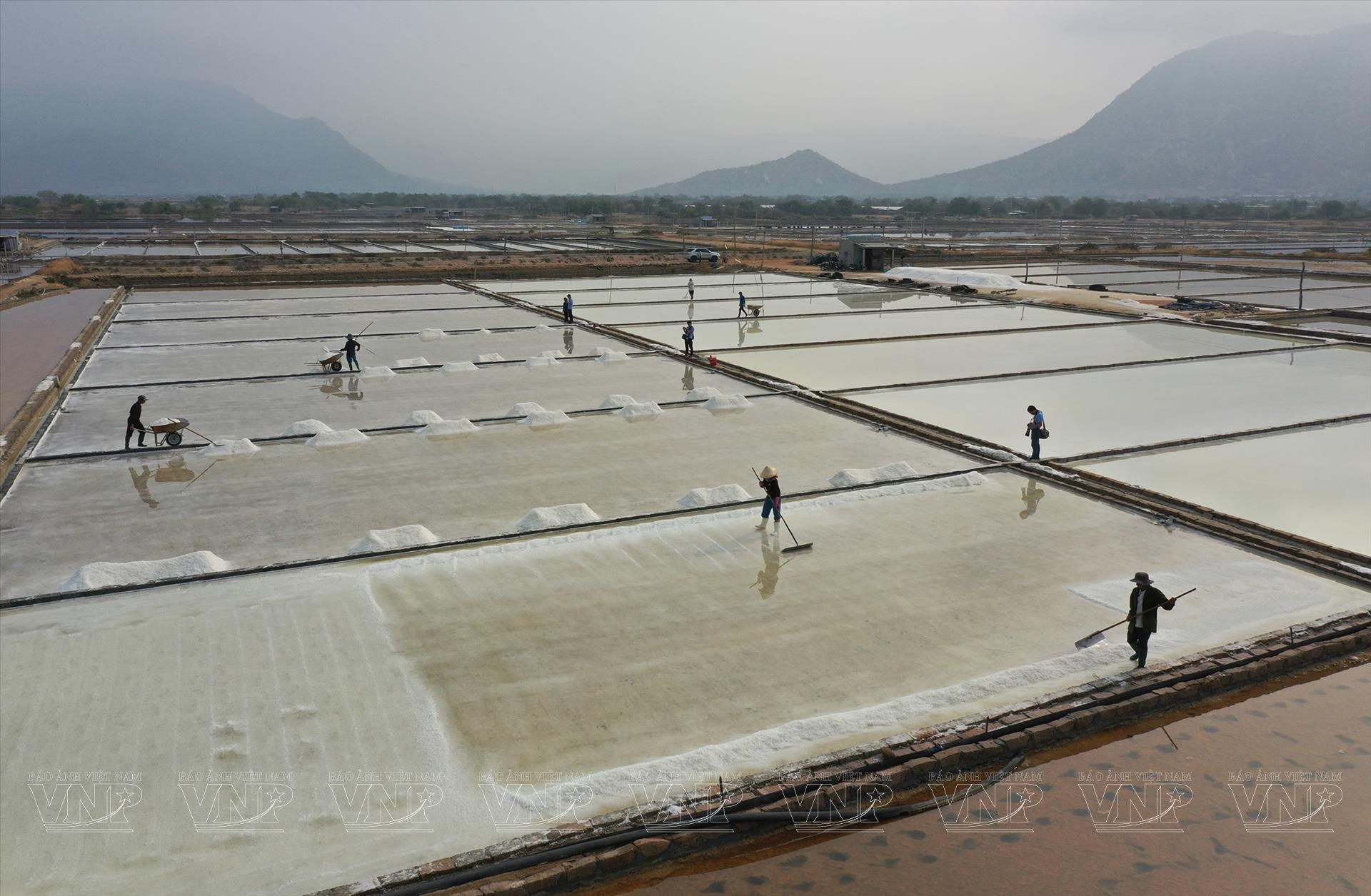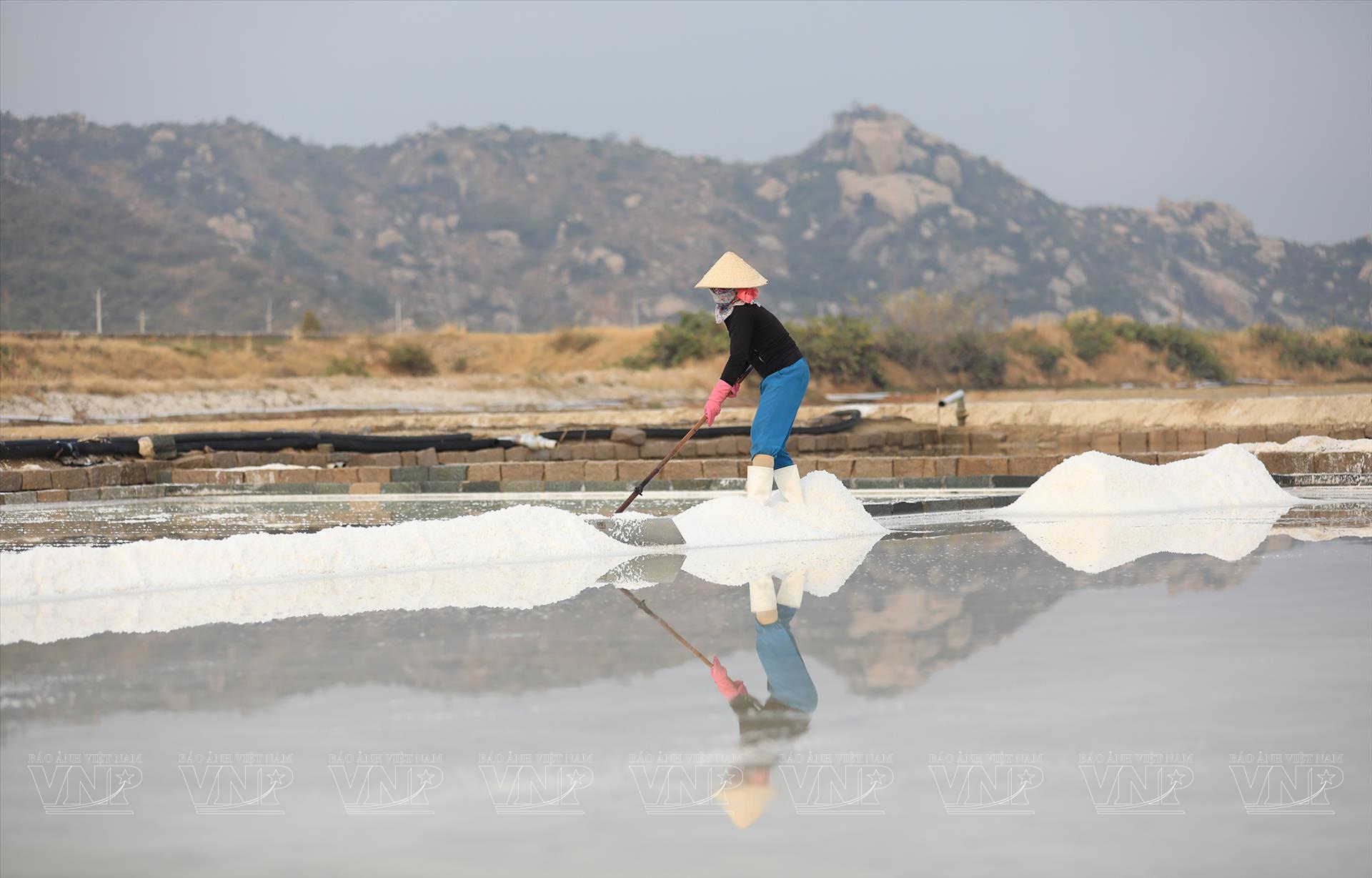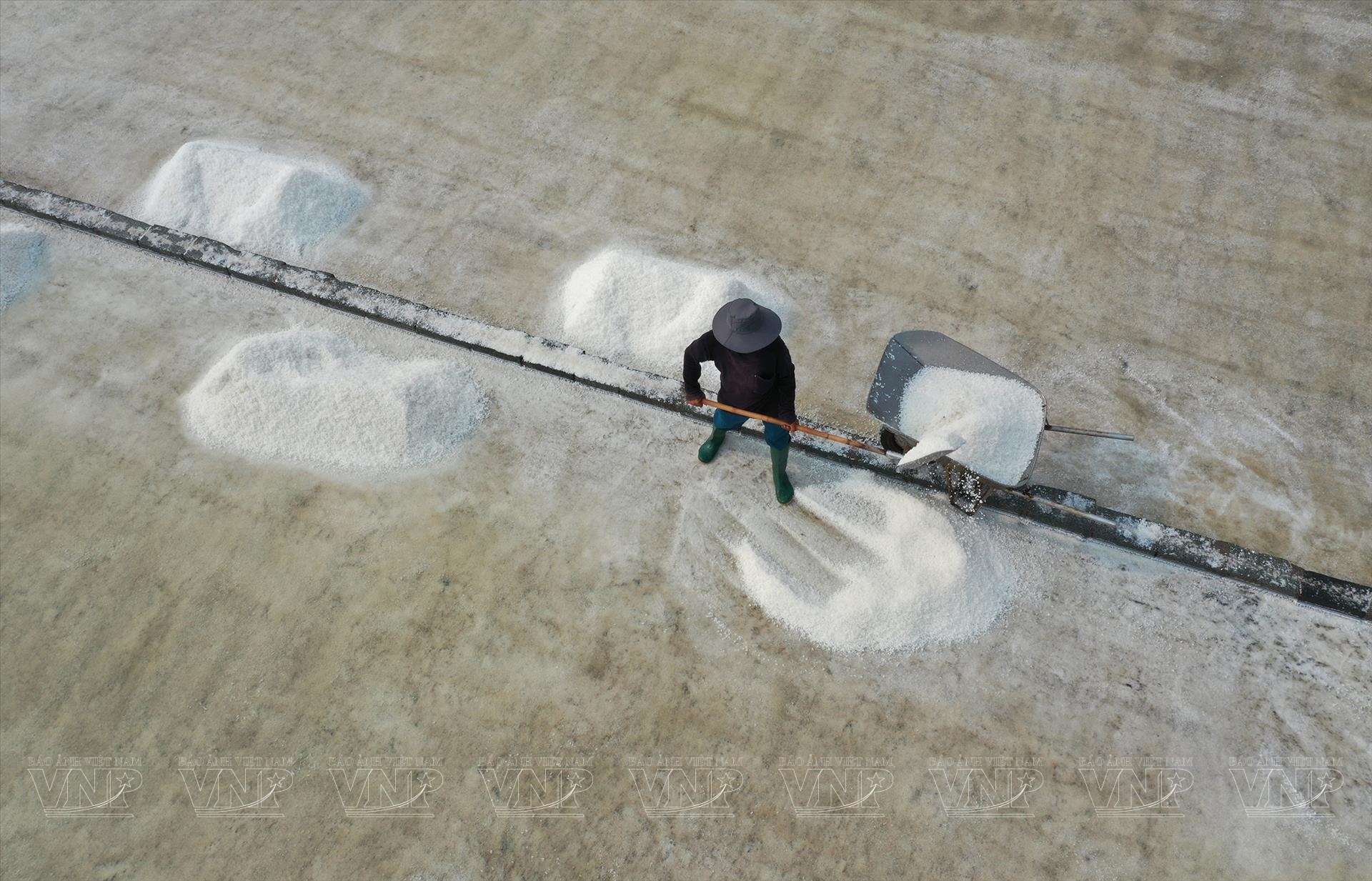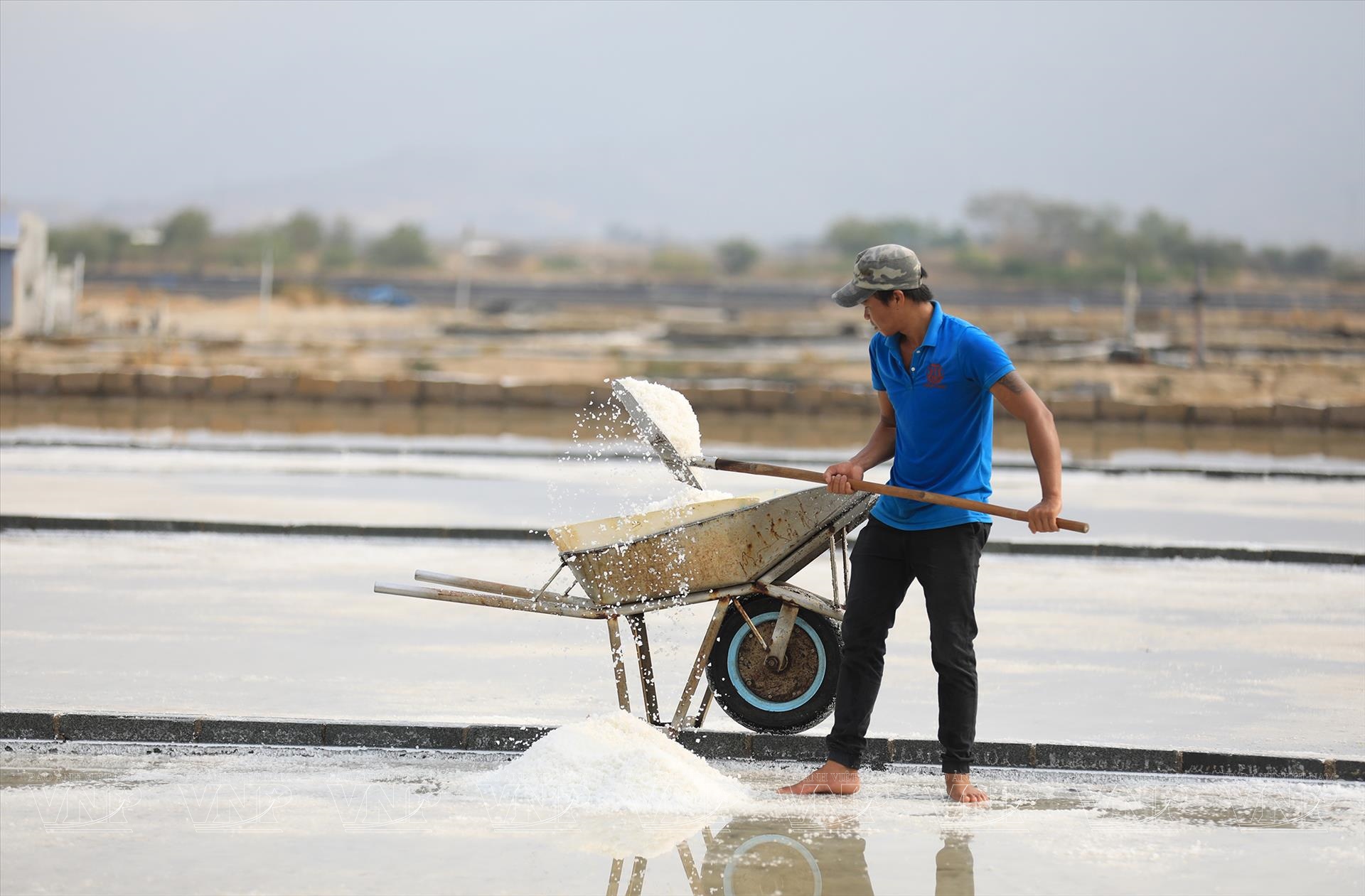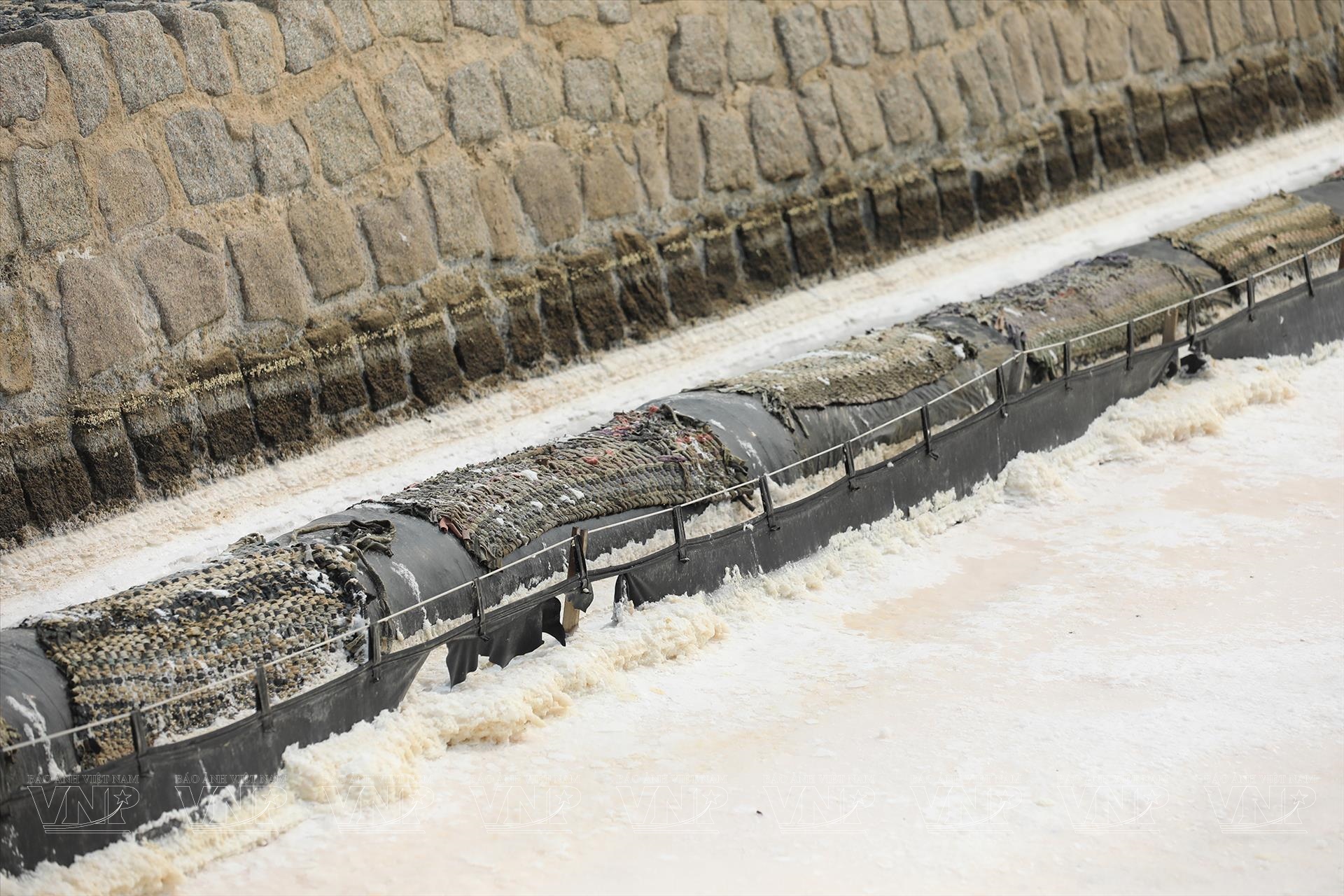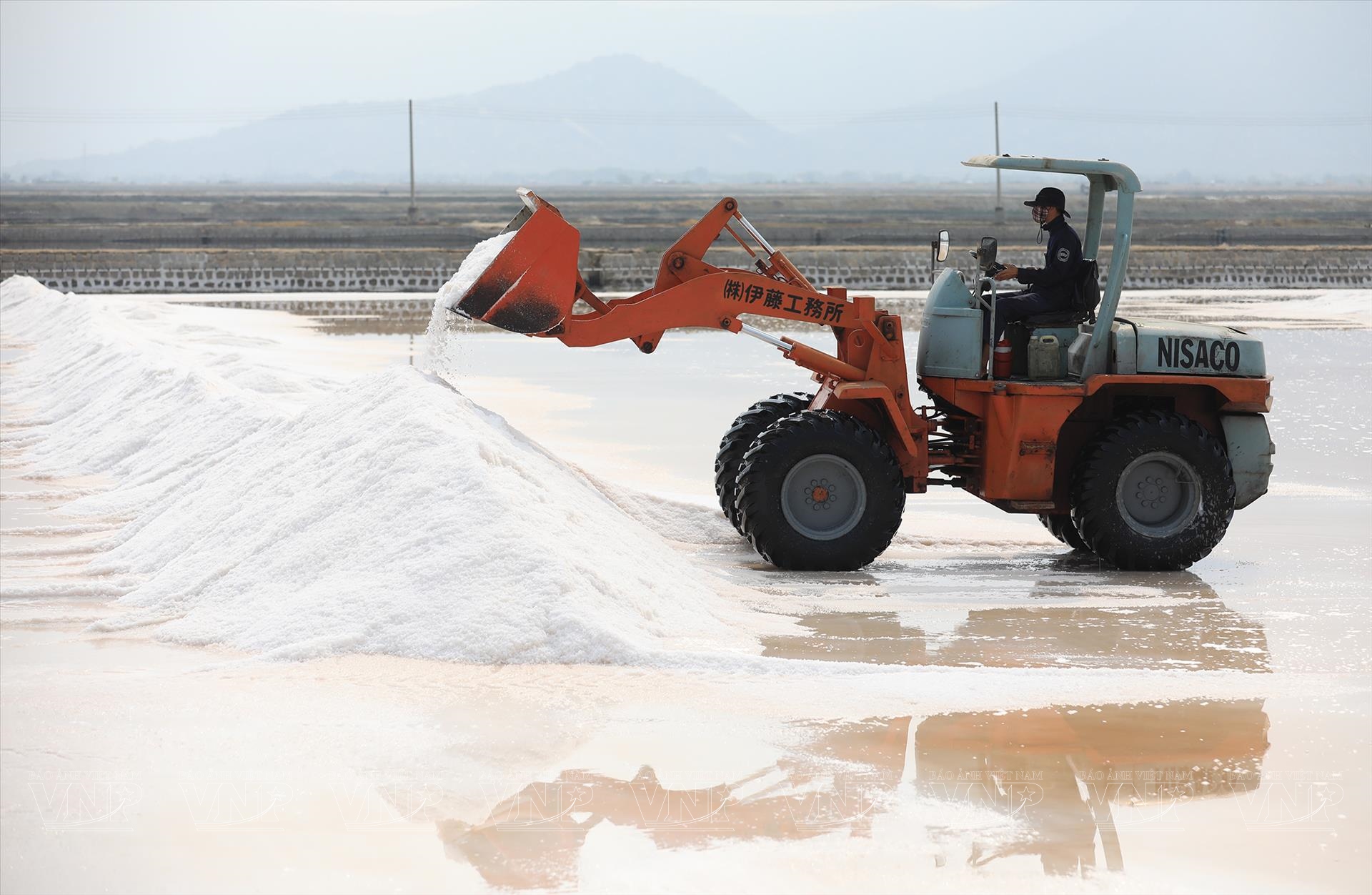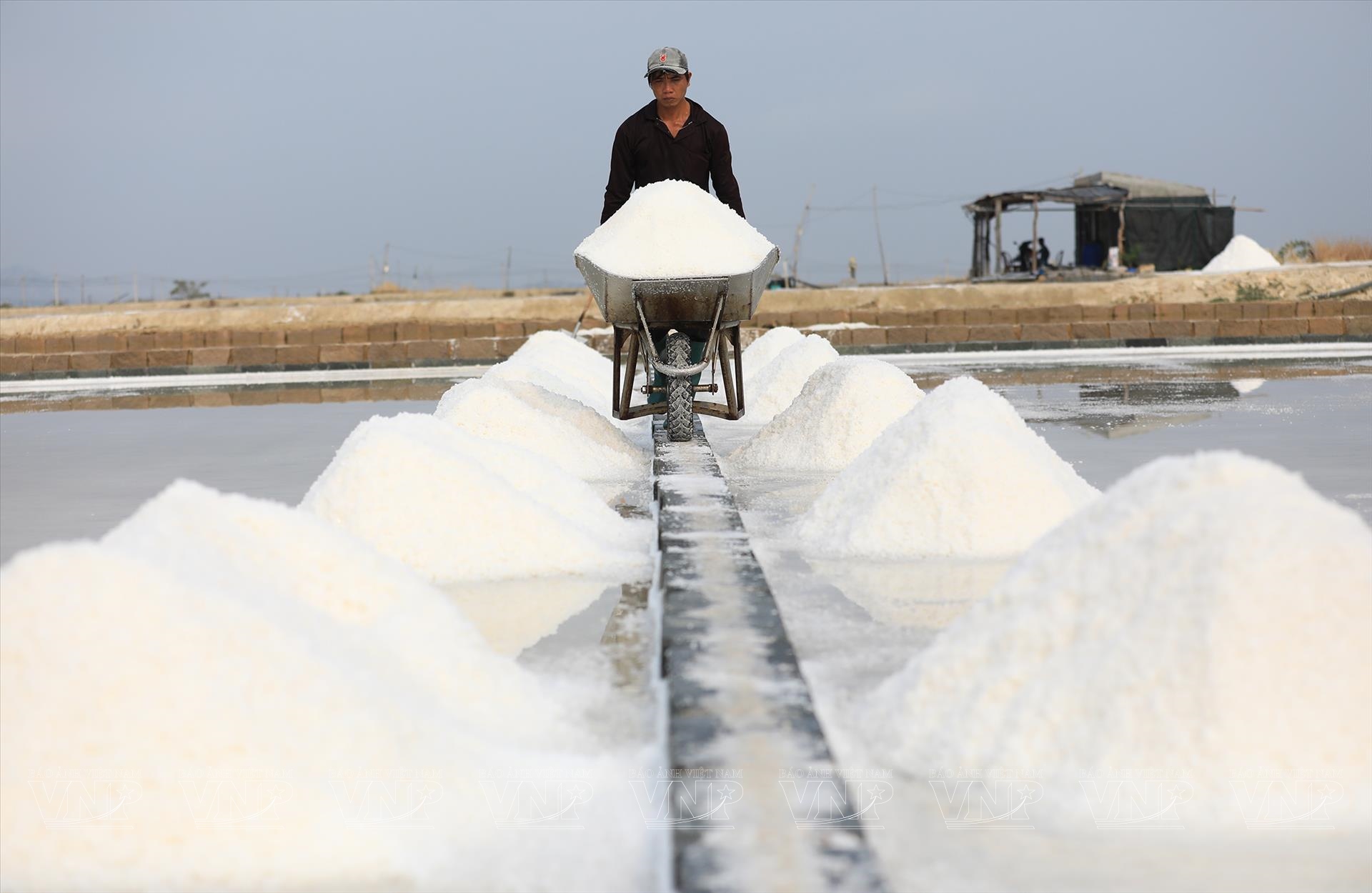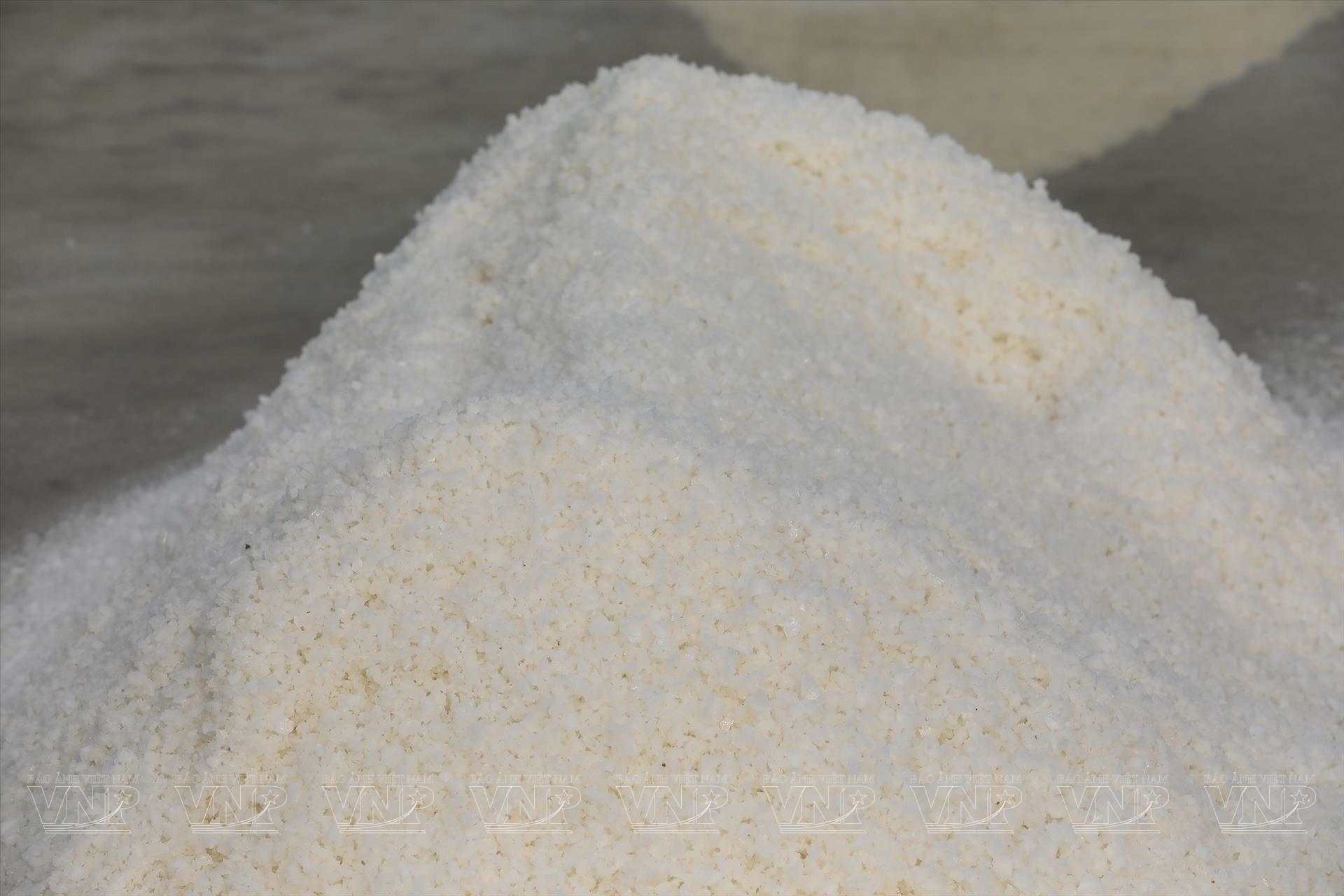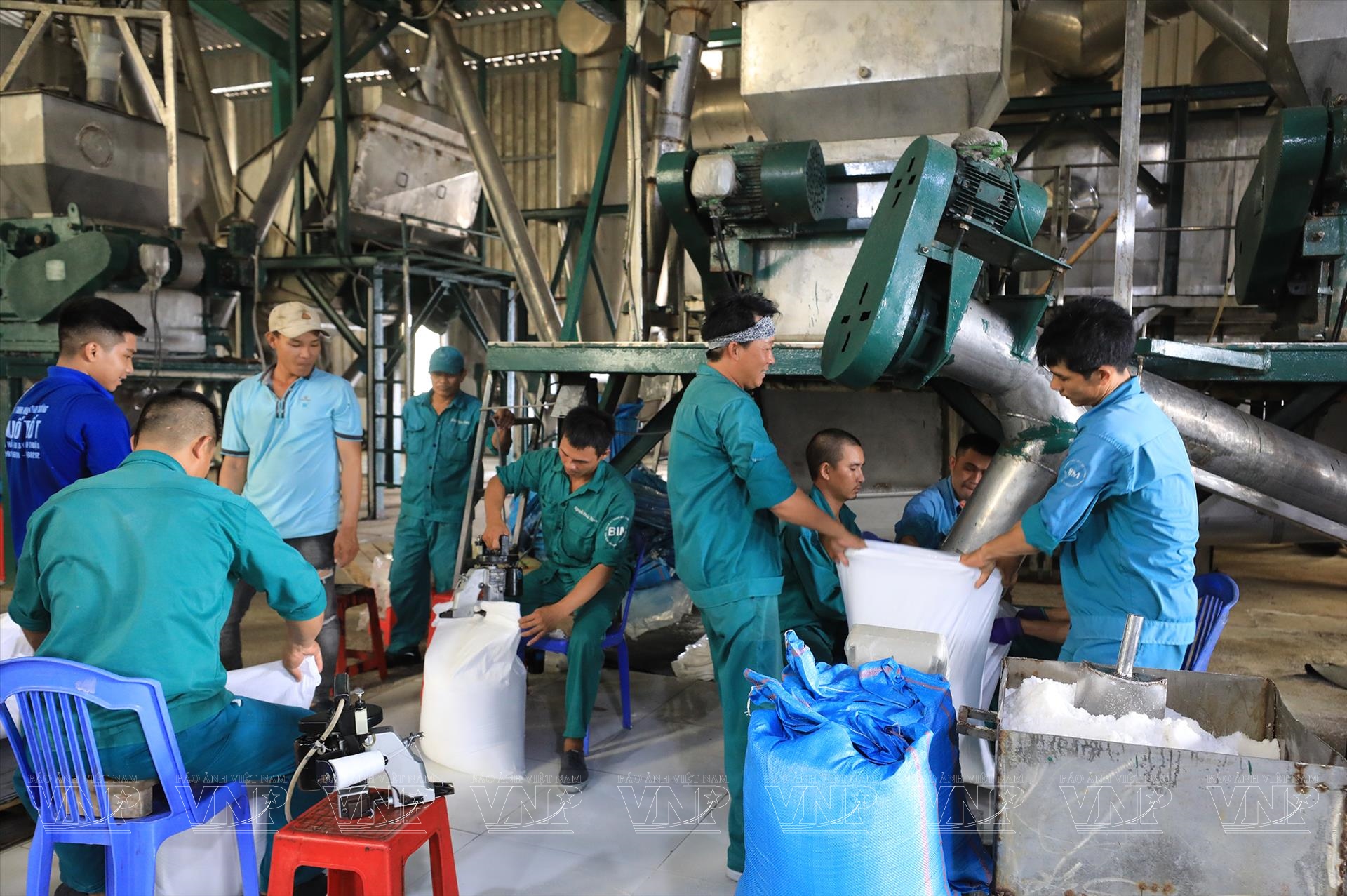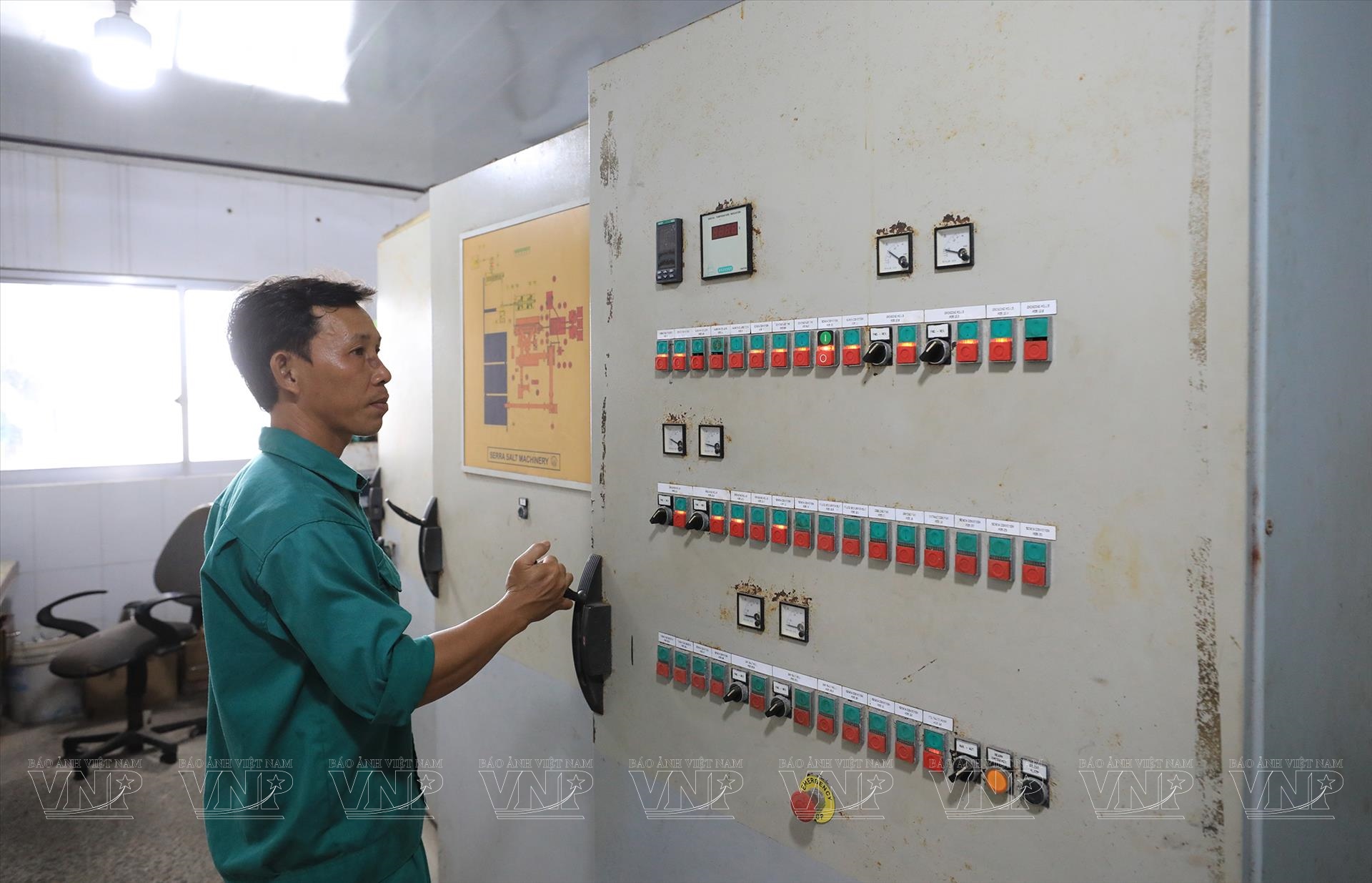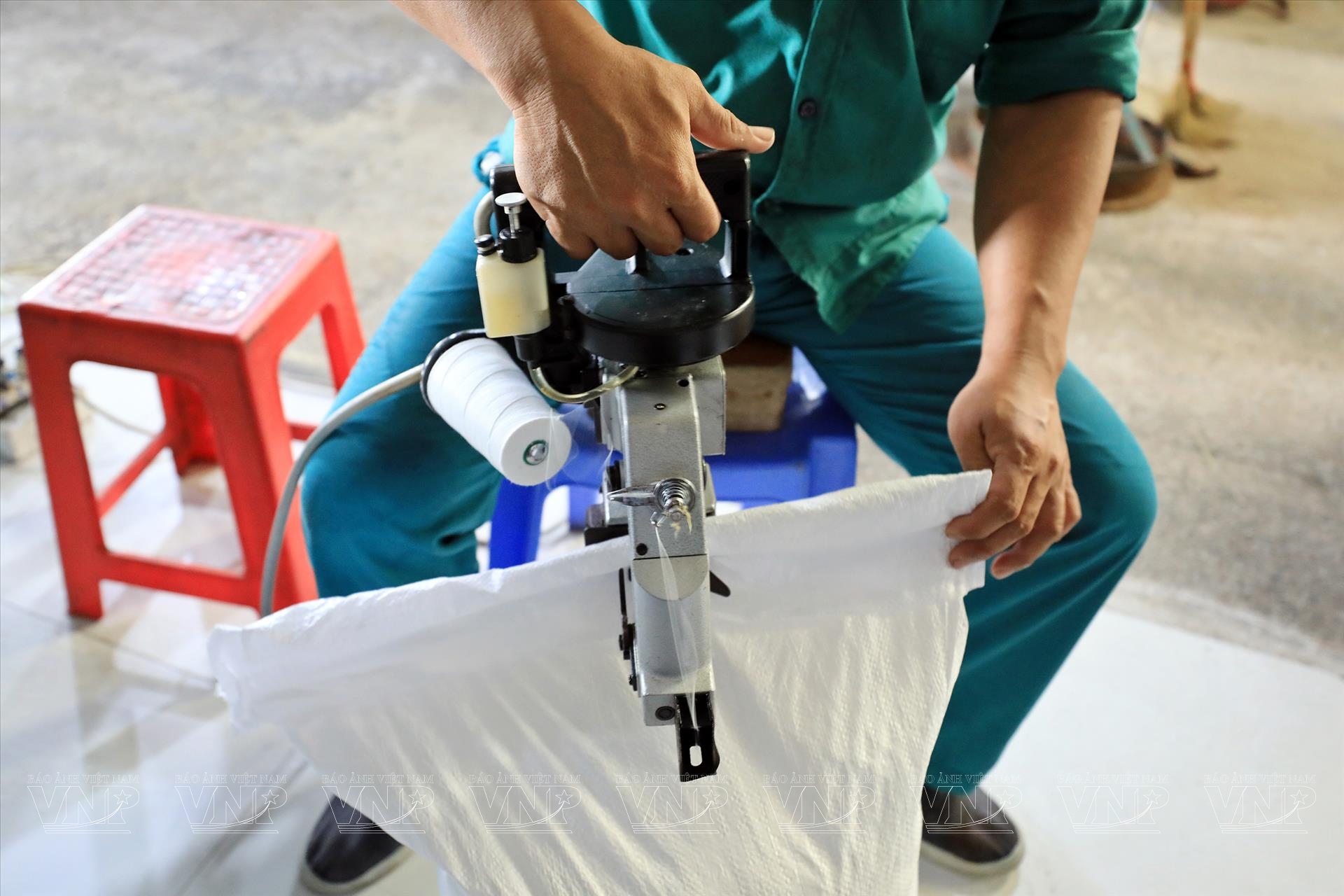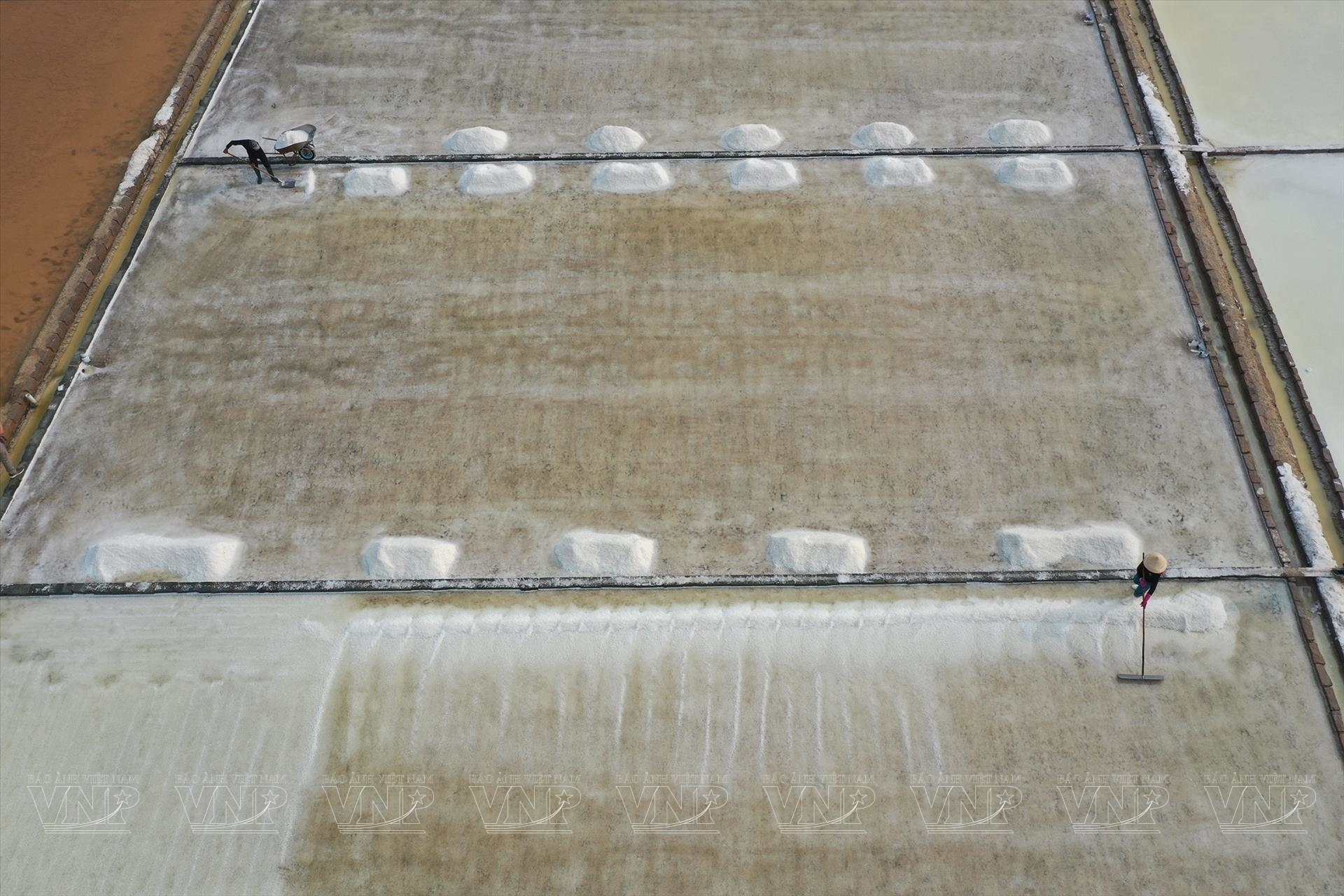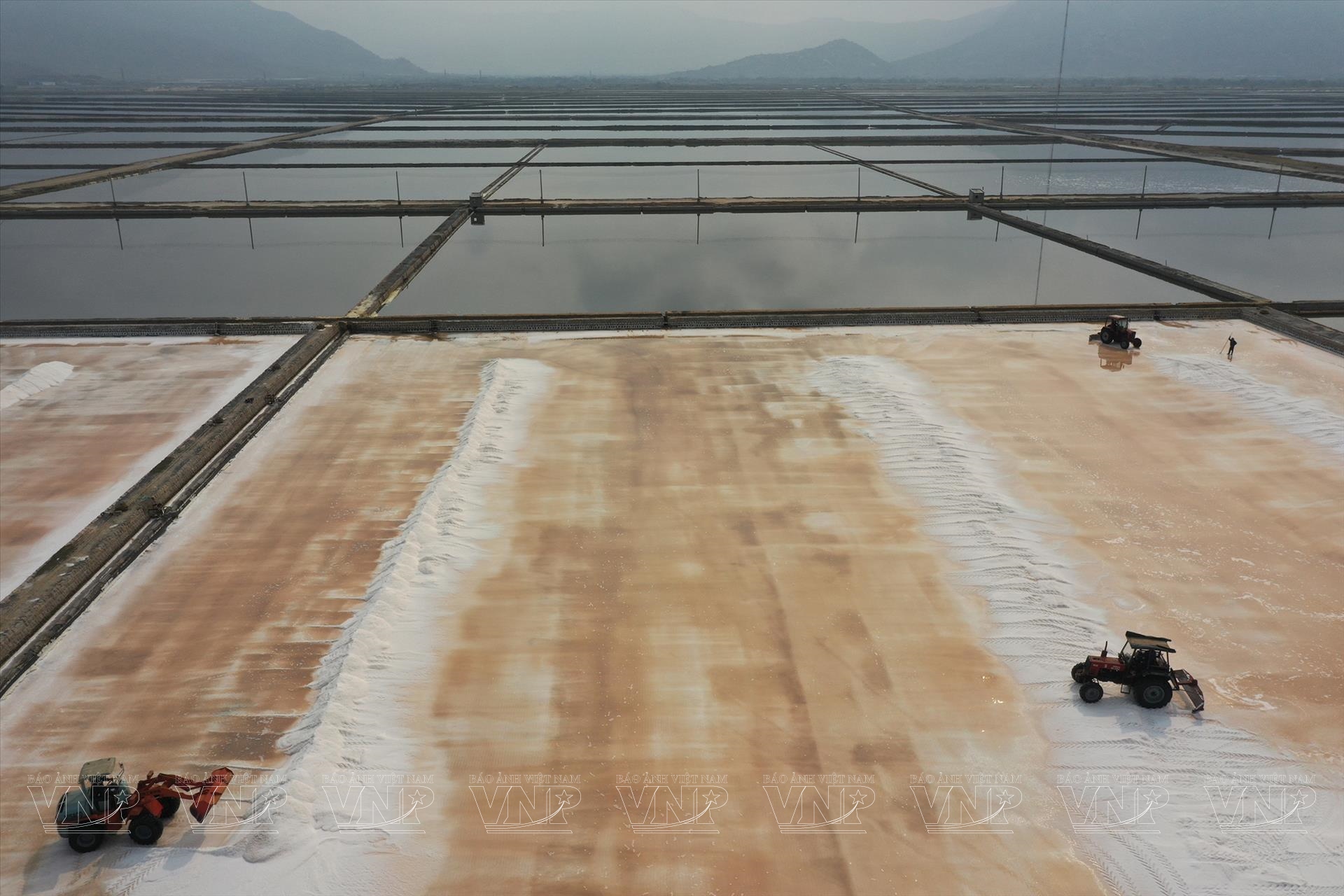On the Salt Fields in Ninh Thuan
Vast fields of gleaming white salt crystals that are collected by merchants, and hardworking salt farmers toiling under the relentless sun and wind are familiar sights in Ninh Thuan Province, Vietnam. These scenes are a testament to the province's rich tradition of artisanal salt making, a craft that has been practiced for over a century.
Ninh Thuan boasts a long history of salt production and is currently one of 19 coastal provinces with the largest salt-producing areas and yields in the country. Among these, Ninh Hai and Thuan Nam districts are considered the cradles of local salt making, with a total production area exceeding 3,000ha.
Ninh Thuan Province aims to expand its salt production area to 3,267ha by 2025, with an annual output of 550,000tons. This includes 200ha of crystallized salt produced on lined beds, yielding 150,000tons, and processed salt output reaching 100,000tons. By 2030, the province plans to maintain a stable salt production area of 3,267ha, with an annual output increasing to 650,000tons.
A typical salt-making season lasts between seven and ten days, yielding an average of 10tons of salt per hectare. Salt farmers work and harvest salt for eight months a year, producing a total of 440,314tons of various salt types annually. With current salt prices ranging from 700 to 1,100 dong/kg, along with government support in the form of capital, training in new salt-making techniques, and guaranteed market access, many salt farmers are enjoying stable incomes and are confident in the future of their traditional craft.
The artisanal salt-making process in Ninh Thuan is similar to that practiced in other parts of the country. It involves constructing salt fields, preparing the ground, channeling seawater into the fields, sun-drying the water, monitoring the salinity levels using a Baume meter, draining the brine, raking the salt into piles, and finally drying and harvesting the salt. Ninh Thuan's tropical monsoon climate, characterized by abundant sunshine, strong winds, high evaporation rates, and low air humidity, provides favorable conditions for salt making, contributing to shorter salt crystallization times.
To promote sustainable development in the salt industry, Ninh Thuan Province focuses on investing in infrastructure upgrades, reinforcing irrigation systems in salt fields, and encouraging cooperative production models. The province provides training and technical support for salt production, invests in processing equipment to diversify salt products, and helps salt farmers access loans to transition from traditional methods to the more efficient tarp-spreading technique, which enhances the productivity and quality of the local salt.
Ninh Thuan's salt-making legacy is deeply intertwined with the province's identity and culture. The preservation of this traditional practice not only ensures the continued supply of a vital commodity but also safeguards a valuable piece of the region's heritage.
By Nguyen Tuoi
